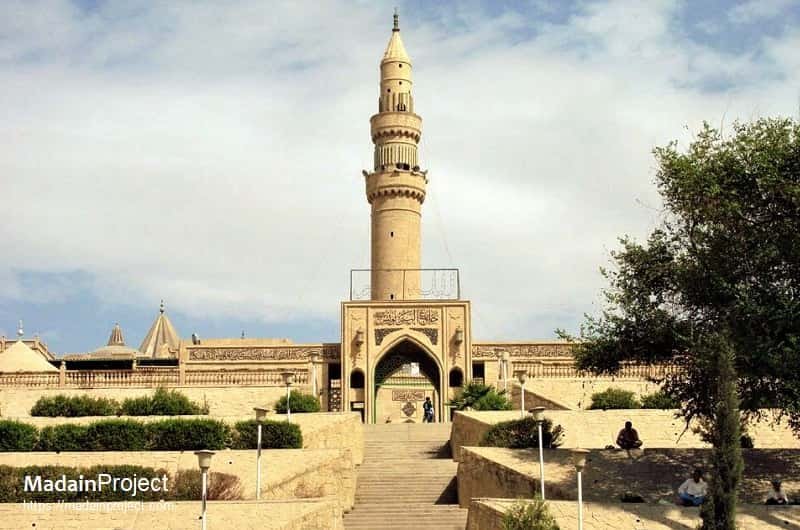Mailing List
Sign up for our mailing list to get latest updates and offers.
One of the many religious symbols in Nineveh is the Al-Yunus (AS) Mosque. Yunus is the Arabic name for Prophet Jonah. He was a prophet sent by Allah to tell people to only worship Allah as the one true God. The tenth chapter of the Quran, Yunus, is named after him. Prophet Yunus (AS) was sent to Nineveh, an ancient town in current day Iraq, around 800 BC. People of Nineveh had immoral ways of life and had turned away from Allah. Yunus (AS) told them to worship Allah and to forsake their evil ways.
Al-Nabi Yunus Mosque is a historic mosque located in Mosul, Iraq. It contains the tomb of the Biblical prophet Jonah, known as Yunus by Muslims. The grave of the Prophet Yunus was discovered by Jalal al-Din Ibrahim al-Khatni during his reconstruction of the site as a congregational mosque in 1365. However, the mosque was also built over an already demolished Assyrian Christian church that marked Jonah's grave. The mound where the mosque of prophet Yunus stands was also the site of an earlier Assyrian palace built by King Esarhaddon, circa 681–669 BCE.
In 1924, the minaret was added to the mosque building by a Turkish architect. During the 1990’s the mosque was also renovated and expanded.
The mosque had one minaret and a conical ribbed dome. The floors of the mosque were built out of Alabaster and the prayer rooms had arched entrances that were inscribed with Quranic verses. The tomb of Jonah was located at a corner of the mosque. The sarcophagus believed to be that of Jonah had a wooden zarih built around it. Evidence that there might be a palace beneath Nabi Yunus was found during excavations in the 1850s
.
In 2017, archaeologists found something peculiar beneath the rubble of the mosque. There were many more tunnels than had been documented before. In fact, there were more than 50 new tunnels, some as short as a few metres, others longer than 20. Although all moveable items had been removed, there were still Assyrian reliefs, structures and carvings along the walls.
Many Muslims believe that the prophet's bones were kept at the site. A shrine was later built. It is thought to contain a tooth from the whale that, according to history, had swallowed Yunus and which he remained in its belly for three days.
